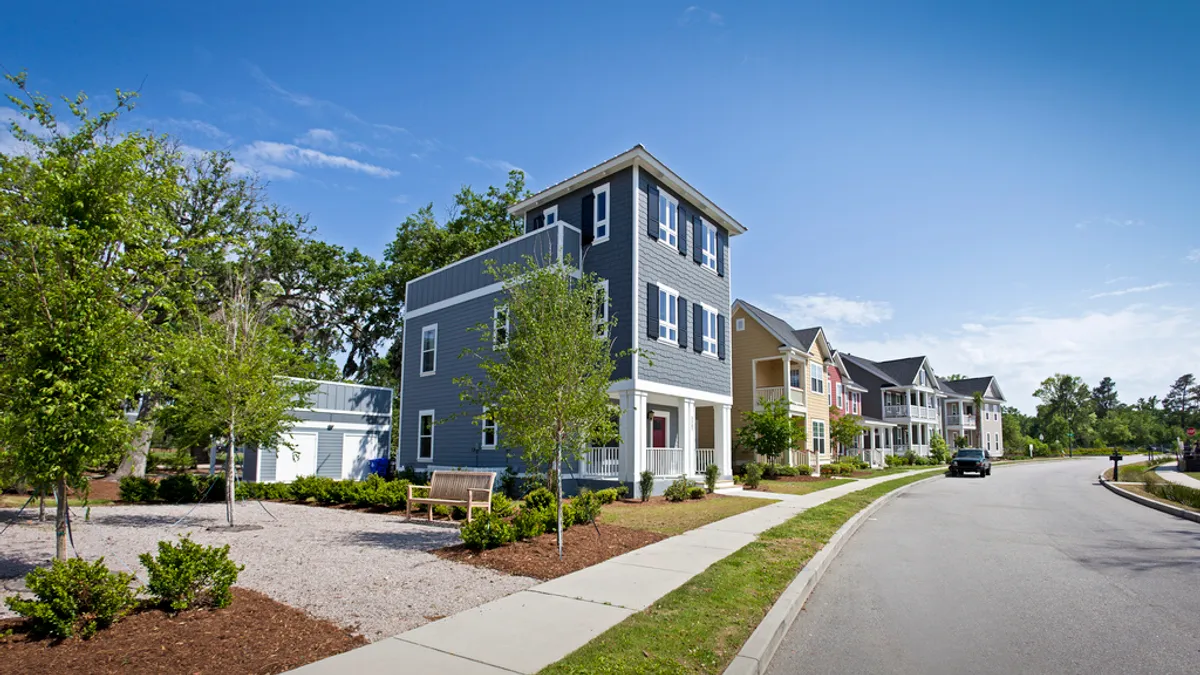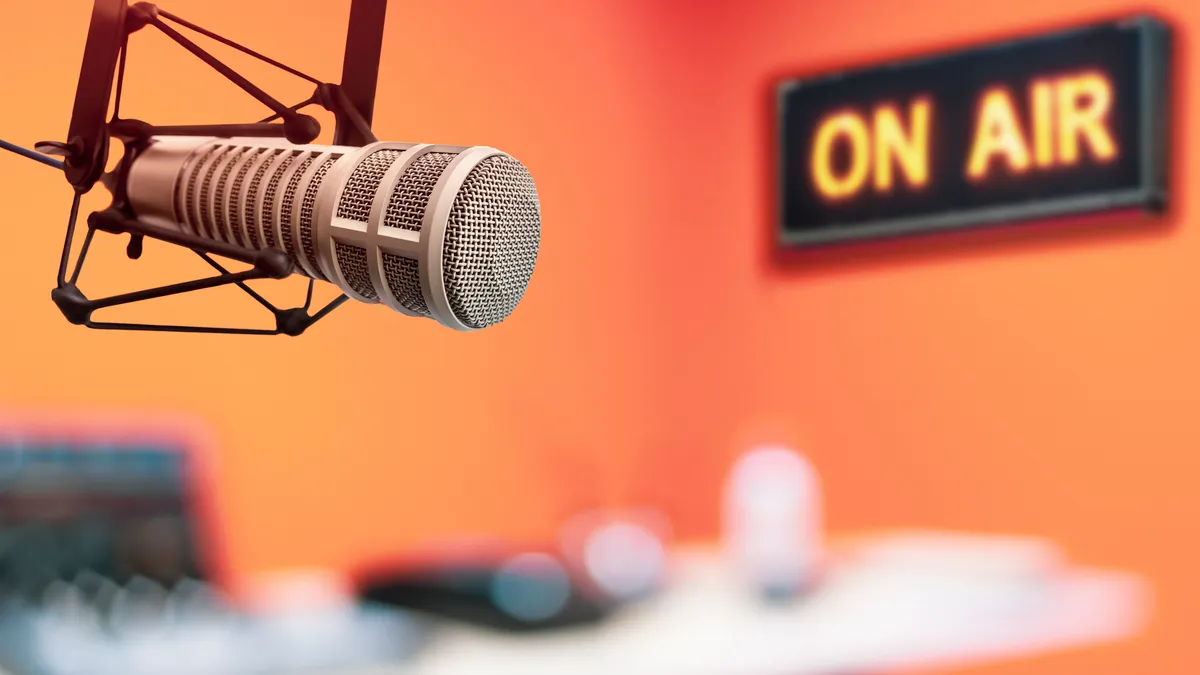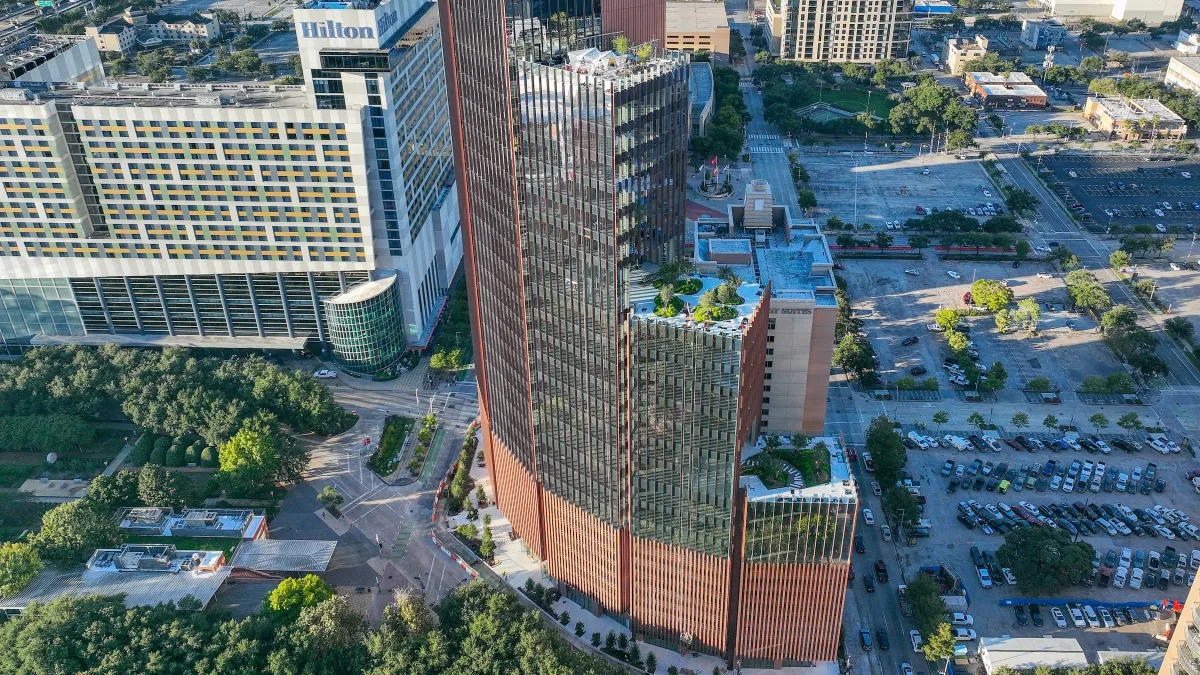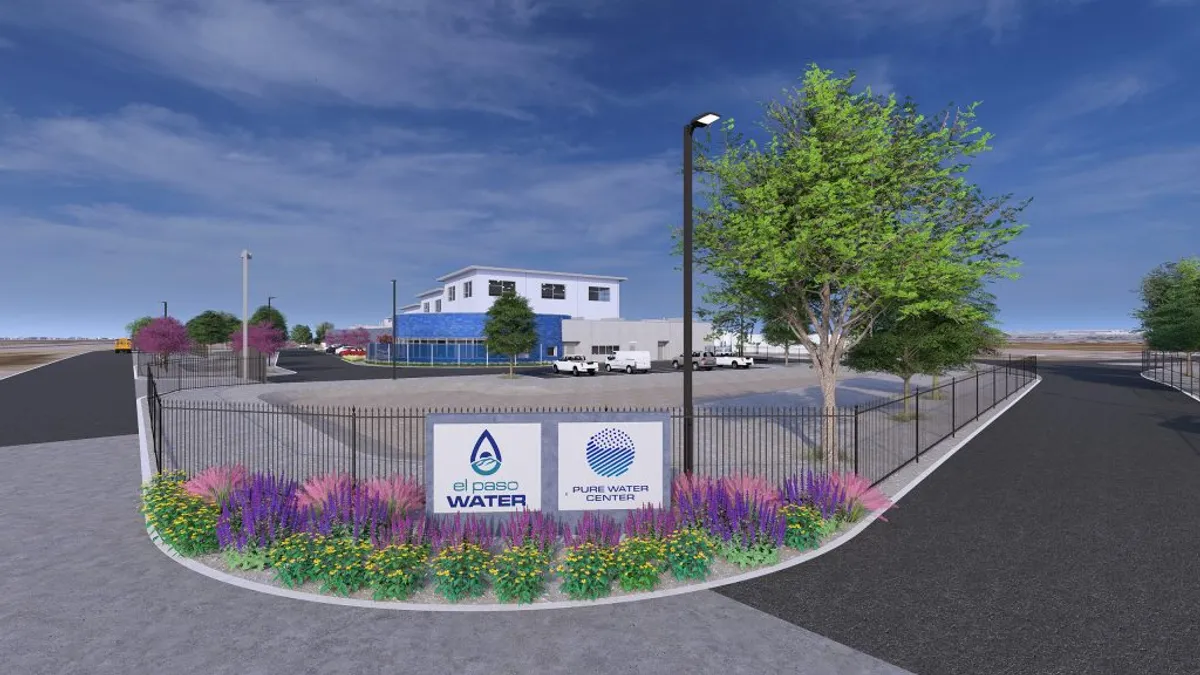Builders who construct homes that comply with the 2012 or 2015 International Energy Conservation Codes can boost the efficiency of those structures by 38%. Commercial contractors can boost the energy efficiency of their new buildings by 29%.
Yet few build to that level of efficiency unless their local building officials have adopted the latest codes and enforce them as mandatory. Thirteen states and Washington, DC, have adopted either the 2012 or 2015 code, but some of them leave it up to local jurisdictions to decide whether they will enforce it. In Texas and Arizona, multiple local jurisdictions have adopted the new codes, even though those states don't mandate their use.
William Fay, executive director of the Energy Efficient Codes Coalition, which helps update the voluntary energy code every three years, spoke with Construction Dive about the latest versions of the IECC and why he believes builders should embrace them.
Q. How do the 2012 and 2015 energy codes help builders achieve a high rate of efficiency?
A. Between 1986 and 2006, even though the IECC was updated every three years, the code did not get much stricter, so complying with each new version didn’t result in much more efficiency than adhering to the old one. But the U.S. Department of Energy, during President George W. Bush’s administration, set a goal to improve energy efficiency in building by 30%. Between 2006 and 2009, the code was upgraded so a structure built to comply with it would be 18% more energy efficient than one built according to the 2006 code. By 2012, the efficiency, when compared with a 2006 home, was 38% greater. The 2015 code is about the same as the 2012 IECC.
Q. What are some of the changes in the newer codes that have contributed to higher efficiencies?
A. The big one is something that is unpopular with homebuilders. Before 2009, builders could meet the code by doing one thing: installing an energy-efficient heating and cooling system — even in a home with a weak building envelope. In 2009, the code stopped those equipment tradeoffs based on research that showed most of those builders would have installed those high-efficiency HVAC units even if that single upgrade wouldn’t have qualified them as compliant with the IECC. Now, builders can’t get out of improving the building envelope in exchange for installing a better HVAC system. Most of the improvements in 2012 involve tightening the building envelope with more efficient windows and doors, better insulation, reduced duct leakage and more efficient lighting, among other upgrades.
Q. When a remodeler retrofits an existing home with energy-efficient improvements, can that building achieve the same high rate of efficiency as new homes?
A. Weatherizing an existing home, replacing its windows and making other energy-efficient improvements will show up as savings on the homeowner’s or tenant’s energy bills. But building a good envelope and making sure you have a good, whole-house solution is key to extracting the most out of energy-improvement dollars and putting a lot more money into the wallets of homeowners. That is best achieved during construction of new buildings.
Q. Isn’t it more cost effective to improve the energy efficiency of an existing home?
A. The opposite is actually true. I like the story of the guy who found a 1,000-square-foot, 1950s-era home and retrofit it to meet the 2009 IECC. The work cost $17,500. Then he decided to build a home the same size, meeting the IECC standards. Building to code added just $1,000 to the cost of construction. That’s a 17.5-to-1 ratio in the cost to retrofit a home versus to build it right in the first place. And keep in mind that the 2009 code resulted in 18% greater energy efficiency than the 2006 code. The 2012 and 2015 codes improved efficiency by 38%.
Q. Do the homeowner’s energy savings pay for the cost of the upgrades?
A. A University of Chicago study last week said retrofitting an existing home will lower household energy bills by enough to recover about half of the cost of retrofits. The new home I just talked about saves the homeowners $40 to $50 a month on utility bills. That $1,000 expenditure will pay for itself in less than two years.
Q. Is there an impact beyond household energy savings when contractors build to the energy code?
A. Yes; more efficient buildings stabilize utility grids and pricing. If enough energy-efficient buildings are constructed, it will delay the need to build new electricity generation units. Building a new power plant is difficult and expensive; it’s a big political battle. If you can stabilize electricity growth and still have economic growth, fewer power plants are needed. That’s a win-win. Another important impact is felt in affordable housing. Too many low-income homeowners, once they can finally afford a place of their own, lose it because their utility bills are too high. Energy costs are not only the highest cost of homeownership outside of the mortgage payment, but they are the most unpredictable cost of homeownership. You have no clue what the energy bills are going to be because they depend on the weather.
Q. Why doesn’t every builder embrace the IECC?
A. The energy code is a model, not a mandate. It’s developed by local code officials — the people who are crawling around in homes all over the country and inspecting them. But each jurisdiction can decide whether it wants to require local builders to comply with the code. Thirty-nine states have adopted the 2009 or 2012 codes, and 11 states don’t have any energy codes. Often, cost is a factor in whether they adopt the new codes.
Q. If builders aren’t required to build to the latest energy code, is the efficiency of new homes improving?
A. As the energy code has gotten stronger, so have appliance standards and green building programs. All of those things combined have broken the need for more energy generation.
Q. What changes would you like to see in the 2018 IECC?
A. I think we’re getting close to the max in terms of cost-effective improvements we can make to the envelope. We’re not there yet, but we’re pretty close. In the future, I’d like each new code to require 3% more energy efficiency. The ideal would be for builders to have to meet all of the 2012 IECC requirements, and then have the flexibility to meet the additional 3% however they see fit.
Q. What tips do you have for homebuilders who are serious about building energy-efficient homes?
A. First, make sure you’re thinking about that whole-house solution. You don’t have to do anything exotic, just rely on sound construction and build good envelopes. Second, tell potential homebuyers about the energy-efficient features of your homes. Studies show that most consumers will pay up to 3% more for a new home with permanent energy-efficiency features, like good insulation. Third, innovate. Don’t build like your grandfather did. Houses and commercial buildings use 71% of our electricity in the U.S. Innovation in building is important for the nation and important for communities. Finally, support the passage of the Save Act, which is before Congress right now. That will allow mortgage underwriters to take the cost of energy-efficient upgrades into account when deciding the value of a home and how much money a buyer can qualify for. This could help more people get into “green” homes and encourage more builders to build them.






















